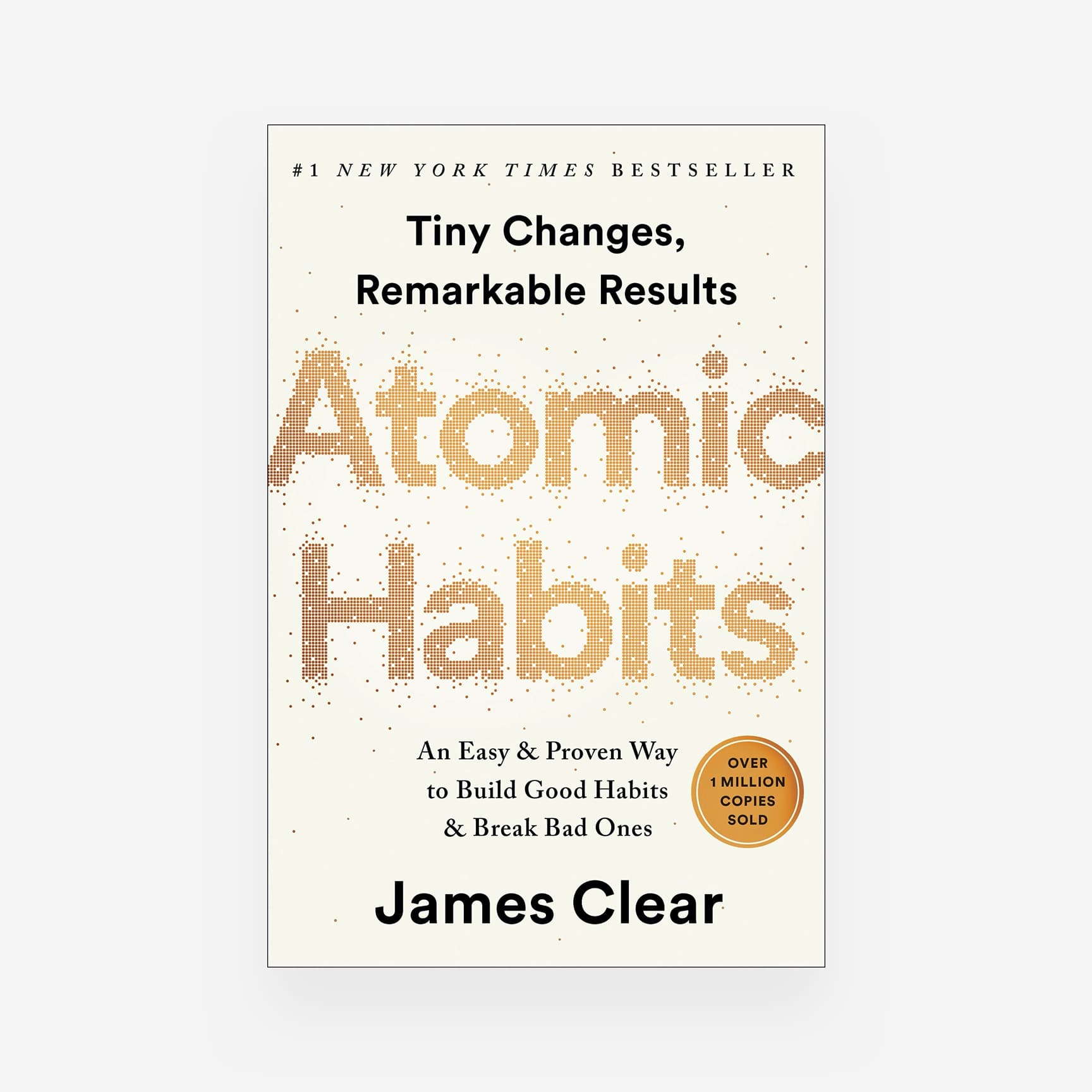This year, companies will still have to deal with big problems, such as a tight job market, a tired workforce, and the need to cut costs if the economy goes down. Whether or not a business becomes an excellent place to work may depend on how it responds.
Based on what they found, here are four predictions for the workplace in 2023 that show what leaders need to focus on.

(Photo from the wires)
1. Sought-after workers will be "quietly hired" by companies.
The second half of 2022 was dominated by stories about "silent leaving," the trend of employees refusing to go "above and beyond" and accomplishing only the bare minimum on the job. An employee's "silent resignation" lets a company keep the person but lose the person's skills.
In 2023, though, businesses looking ahead will flip the script and use "silent hiring" to get new skills and competencies without adding to their workforce. Consequences of this include:
- Employees can better adapt to the company's changing needs if they are given targeted opportunities to improve their skill sets.
- When adding new employees is not feasible, organizations might turn to other resources, such as alumni networks and freelancers, to fill in-demand positions.
2. The front lines will soon be able to take advantage of hybrid flexibility.
Hybrid work for office workers marks the start of a new era, but it's important that frontline workers, like those in manufacturing and healthcare, have the same amount of flexibility.
Gartner found in a study of 405 managers of frontline employees that nearly 60% of such businesses have made investments in employee experience enhancements within the previous year, with another 31% planning to do so within the following twelve months.
3. Managers will be caught between the high standards set by their superiors and the low standards of their subordinates.
60% of flex workers say their supervisor is their main link to the organization's values. Managers of people, on the other hand, need help finding a balance between the demands of senior companies that will stop requiring specific levels of education and work experience in their job ads. This is done to attract both internal and external candidates from non-traditional backgrounds who may not know about the opportunities or haven't been exposed to them yet.
Companies will stop requiring specific education and work experience levels in their job ads. This is done to attract both internal and external candidates from non-traditional backgrounds who may not know about the opportunities or haven't been exposed to them yet.
4. Providing one-on-one assistance to workers may introduce new data security issues.
As a human business, you must learn more about your employees as individuals, which is a change that may compromise their privacy. More and more companies are using AI assistants, wearables, and other forms of cutting-edge technology to learn about their employee's personal lives, including their physical and mental health.
These tools can help businesses better meet the requirements of their employees, but they could also lead to a severe breach of confidentiality if not handled carefully.














